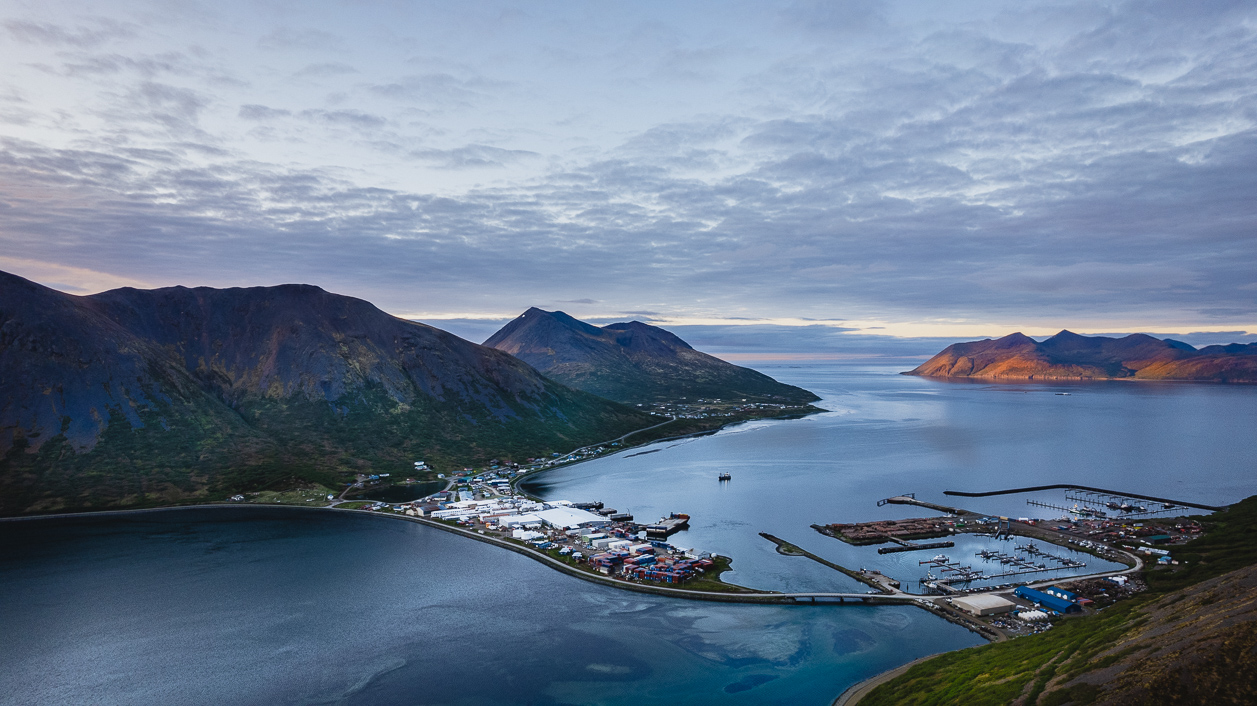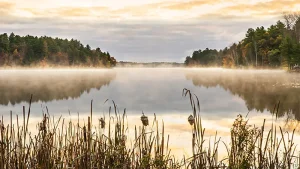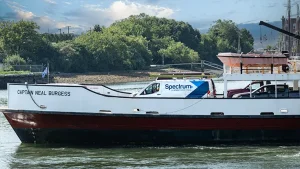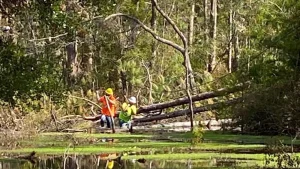Connecting rural and remote communities to broadband networks is no small task, especially given the diverse and often rugged terrain that makes up the United States. Despite such challenges, America is steadfast in its mission to ensure everyone can access high-speed internet regardless of where they live.
Why it matters: Access to high-speed internet is essential for bridging critical gaps in healthcare accessibility, employment opportunities, and academic success. Without it, individuals and communities can struggle to prosper in an increasingly digitalized world.
To showcase how cable internet providers are overcoming obstacles to advance universal connectivity, NCTA – The Internet and Television Association just launched an interactive storytelling experience.
Here’s a glimpse of some of the featured projects.
Connecting Remote Islands in Alaska
The location: The Aleutian Islands, known for being featured in the TV series “The Deadliest Catch,” are home to some of the nation’s most remote communities. Access to the area is historically challenging due to harsh weather conditions, turbulent seas, and even volcanic eruptions, making expanding connectivity difficult.
How they did it: Internet provider GCI boldly forged ahead to connect the island chain to gigabit-speed internet for the first time. Overcoming the region’s inherent adversities, GCI successfully constructed an 800-mile-long underwater fiber optic cable system.

Bringing Broadband to the Menominee Nation
The location: Marked as the largest tribal reservation east of the Mississippi River, Wisconsin’s Menominee Indian Reservation boasts heavily forested tribal land, the Wolf River, and freezing ground conditions in the winter.
How they did it: Partnering with internet provider Charter and leveraging federal funds, the Menominee Tribe extended broadband access to over 200 homes. Using underground construction to bypass difficult terrain, the Charter crew successfully delivered high-speed internet, bolstering emergency services, healthcare, and government engagement.

Serving Hard-to-Reach Coastal Maine
The location: Situated off the coast of Maine, North Haven is accessible only by ferry or private boat. The island’s landscape features rocky shores, rolling hills, and lush forests.
How they did it: Juggling the unique geography and ferry ride schedules, Charter took a specialized approach to connecting North Haven, installing 10-12 miles of underwater fiber optic cable with a protective steel covering.

Restoring Florida’s Connectivity After Destruction
The location: Hurricane Idalia slammed into Florida’s Big Bend region on August 30th, 2023, leaving a path of destruction, including a widespread internet outage. The storm made landfall as a powerful Category 3 hurricane, packing maximum sustained winds of 125 mph.
How they did it: After the storm, Comcast technicians worked through downed trees, debris, and flooded areas to gain access to utility poles, attach cables, and restore service for the impacted communities. The team got customers back online in three weeks and set up an Xfinity Wi-Fi van to provide free wireless internet service for residents in the interim.

What’s Next for Rural Broadband?
The 2021 Infrastructure Investment and Jobs Law provided a substantial increase in funding for expanding broadband in rural and remote parts of the country. However, the states must allocate these funds with a primary focus on bringing internet access to unserved communities.
Share your story of how high-speed internet has transformed your work, education, community, or daily life. Your experience underscores why prioritizing unserved communities is critical in bridging the digital divide.
For more information, click here to join our #ConnectivityCounts movement.
